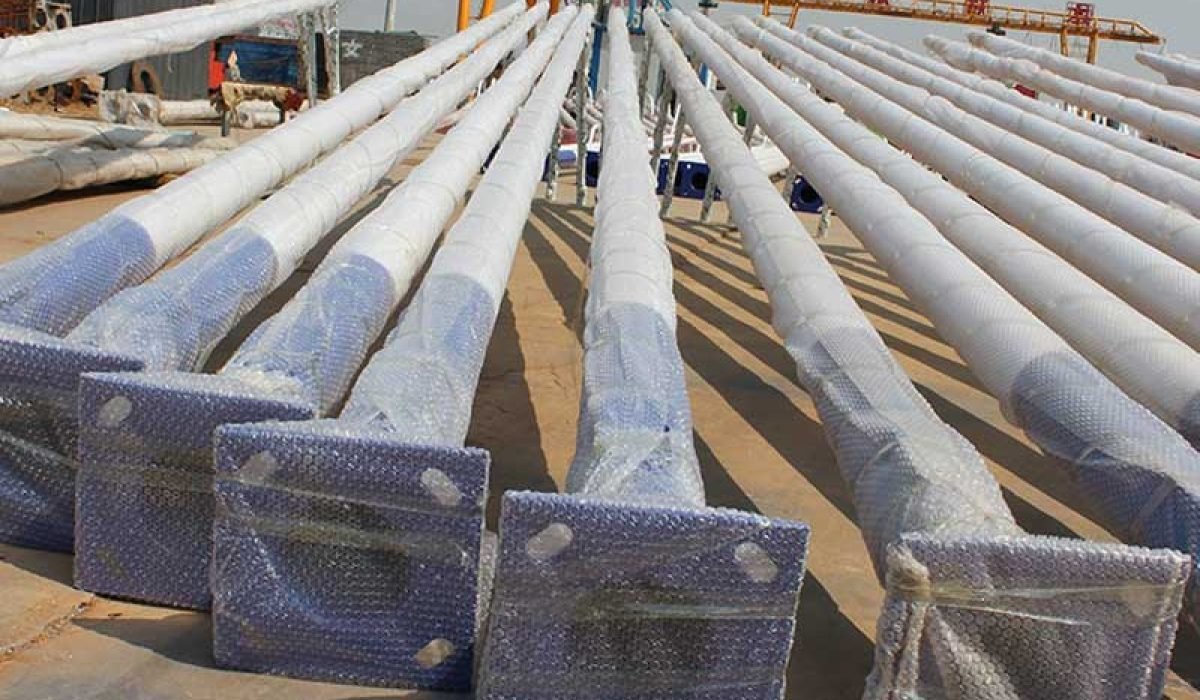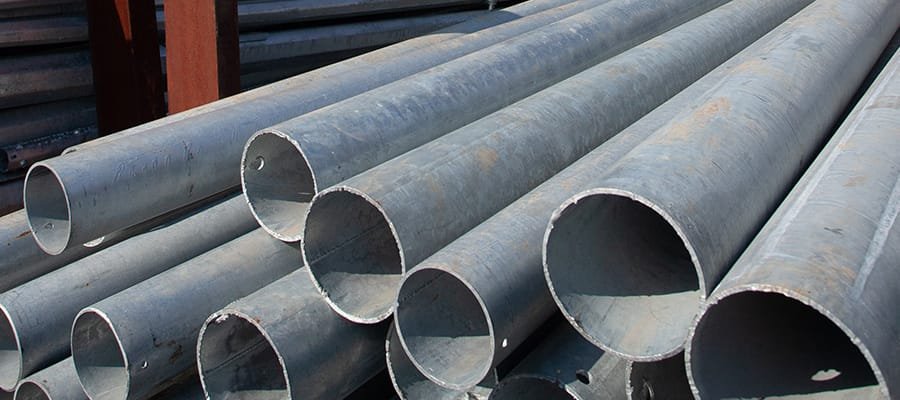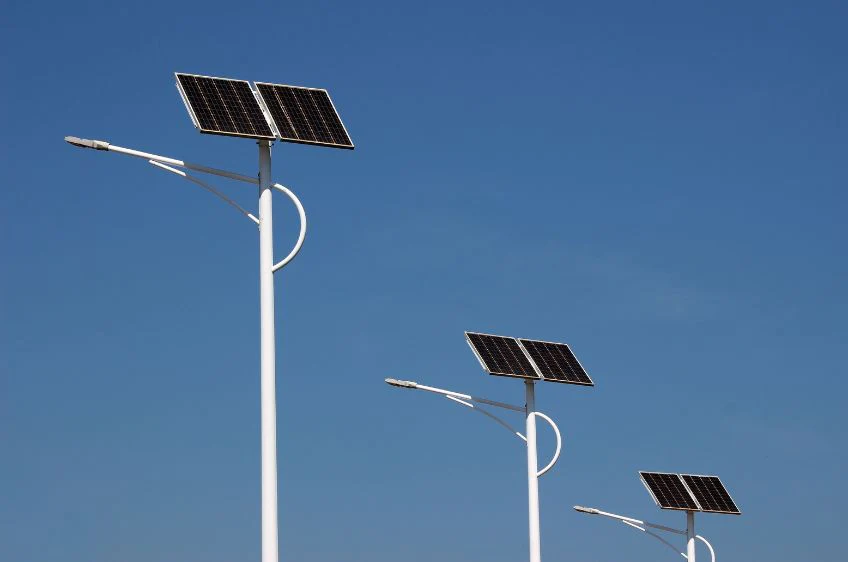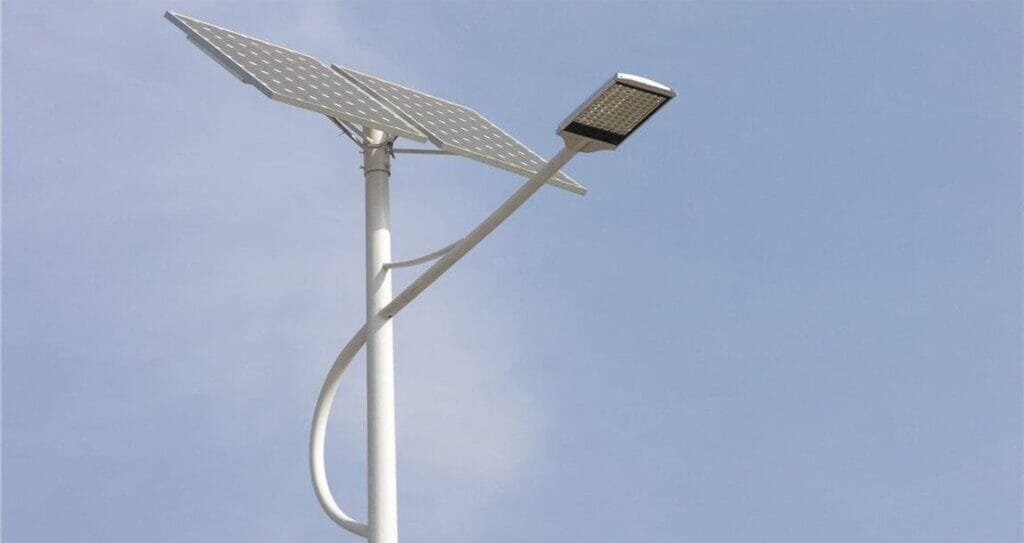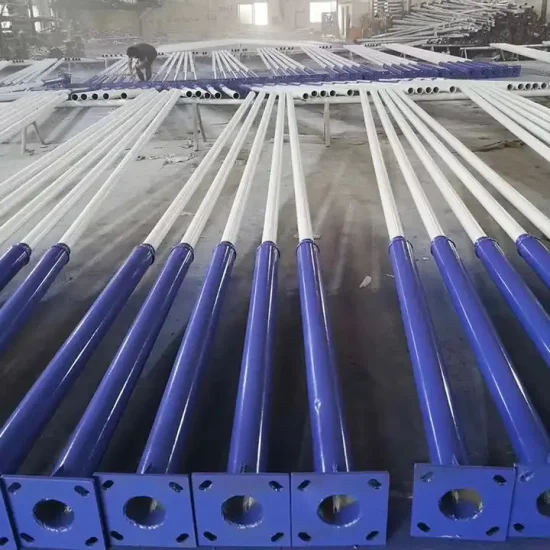Struggling with your first light pole installation project? You’re not alone—many contractors underestimate the details.
Proper light pole installation ensures safety, longevity, and project success. It prevents costly rework, meets regulations, and enhances community trust in your work.
New contractors often face setbacks due to improper planning or lack of experience. In this guide, I’ll walk you through what I’ve learned from years in the solar lighting industry—step-by-step.
Light Pole Basics: What New Contractors Need to Know?
Light poles may look simple, but choosing the wrong type or missing key components can derail a whole project.
Light poles vary by application, environment, and material. New contractors must understand where each type fits and how to identify essential components.
What Is a Light Pole and Where Is It Used?
Light poles play a major role in infrastructure. You’ll find them in:
- Public roads and highways
- Parking lots and commercial spaces
- Residential communities
- Sports fields and industrial areas
They support lighting fixtures, help with surveillance, or even hold signage. I’ve supplied light poles for cities, schools, and remote villages. In every case, they were vital for visibility and safety.
Types of Light Poles for Different Applications
Here’s a quick breakdown:
| Type | Best for | Notes |
|---|---|---|
| Steel | Highways, urban streets | Strong but can rust |
| Aluminum | Coastal areas | Corrosion-resistant |
| Fiberglass | Parks, decorative projects | Lightweight, non-conductive |
| Concrete | Industrial or high-vandal areas | Heavy-duty, permanent |
| Wood | Rural and temporary projects | Budget-friendly, limited use |
Steel is common, but in Africa’s coastal zones, I always recommend aluminum or fiberglass. The salt air will eat through untreated metal.
Light Pole Components and Terminology
Let’s clear up the jargon:
- Base Plate: The flat part at the bottom that attaches to the foundation.
- Anchor Bolts: Steel rods embedded in concrete to secure the pole.
- Luminaires: The actual lighting fixture.
- Pole Arm or Bracket: Extends from the pole to support the luminaire.
- Handhole: Access point for wiring near the base.
Knowing this lingo helps when ordering materials or talking to engineers.
Pre-Installation Planning for Light Pole Projects?
You can’t just dig and install. Planning saves time and avoids expensive mistakes.
Before installing any light pole, assess the site, secure permits, and choose the right pole for your environment and project load.
Site Assessment Before Light Pole Installation
Every successful install starts with a site survey. Look for:
- Soil Stability: Loose or sandy soil may require deeper foundations.
- Underground Utilities: Always call for utility marking. Striking a cable could shut down power or worse.
- Wind Zones: High-wind areas demand poles with greater wind load capacity.
When I worked on a solar project in Uganda, we almost missed a buried fiber-optic cable. That would’ve cost the client thousands in damage and fines.
Legal Requirements and Permits for Light Pole Installation
Don’t ignore local codes. Check:
- Height Restrictions
- Setback Regulations
- Electrical Utility Permissions
- Road Safety Compliance (if near traffic)
Many municipalities also require stamped engineering drawings, especially for street projects.
Choosing the Right Light Pole for Your Project
Pick your pole based on:
| Factor | Why It Matters |
|---|---|
| Load Rating | Must support luminaire and bracket |
| Height | Affects light spread and wind load |
| Finish & Coating | Prevents rust in tough environments |
| Mounting Type | Direct burial vs. anchor base |
In high-traffic zones, I usually choose a galvanized anchor-base pole for durability and fast replacement.
Tools and Equipment Required for Light Pole Installation?
Forget a key tool and your entire project stalls. I’ve seen it happen.
Use a complete checklist for tools and materials to avoid delays, cost overruns, or poor-quality installation.
Light Pole Installation Tools Checklist
- Excavator or Auger: For digging the foundation
- Crane or Lift: To set the pole upright
- Level and Plumb Line: For alignment
- Torque Wrench: Tightening bolts properly
- PPE: Helmets, gloves, boots, and safety glasses
Optional but useful:
- Laser Level: For large-scale projects
- Rebar Bender: For reinforcing foundations
Materials Needed to Install a Light Pole
Here’s what should be in your materials pack:
| Item | Function |
|---|---|
| Anchor Bolt Kit | Anchors pole to concrete base |
| Base Template Plate | Aligns bolt positions in foundation |
| Concrete & Rebar | Foundation structure |
| Conduit & Pull Wire | For running electrical cabling |
| Ground Rod & Clamp | Protects against electrical faults |
| Sealants & Tape | For waterproofing and cable protection |
Remember to wrap anchor bolts in tape before pouring concrete. It prevents thread damage and saves hours during installation.
Step-by-Step Light Pole Installation Guide?
Installation isn’t just about setting a pole. Every stage affects safety and performance.
Follow a structured process: foundation prep, pole setting, wiring, and testing. Missing any step leads to safety risks or rework.
How to Prepare a Foundation for a Light Pole
- Mark the location.
- Dig the foundation hole – usually 4 to 6 feet deep.
- Place the anchor bolt template using a plywood jig.
- Set the rebar cage for strength.
- Pour concrete, covering the bolts halfway up the threads.
- Cure for 24-48 hours.
Use expansion joints to handle temperature changes. In clay-heavy soils, go deeper to counter frost heave.
How to Set and Align a Light Pole Correctly
- Use a crane or lift to position the pole.
- Place it over the anchor bolts.
- Insert washers and tighten nuts using a torque wrench.
- Check alignment with a level on all sides.
- Brace the pole if necessary while concrete cures.
Alignment errors show up fast once lights are turned on—they create glare or uneven coverage.
Wiring and Electrical Setup for a Light Pole
- Pull wire through conduit.
- Connect luminaires according to wiring diagram.
- Install grounding with a dedicated ground rod.
- Seal all access points to keep water out.
- Label circuits for future maintenance.
Electrical errors are the #1 reason for failed inspections. Double-check all connections before energizing.
Final Light Pole Inspection and Testing
- Perform a lighting test at night.
- Inspect all nuts and base for movement.
- Test load-bearing with gentle force.
- Check grounding resistance.
Document all checks for project close-out and future maintenance logs.
Light Pole Safety Tips for New Contractors?
Safety should never be an afterthought—it’s a core part of every successful install.
Follow OSHA and site-specific safety guidelines to prevent injuries, damage, and legal trouble.
Complying with OSHA Guidelines for Light Pole Work
- Wear PPE: Helmets, gloves, harnesses.
- Use fall protection when working at height.
- Follow lockout/tagout procedures during wiring.
- Control access to work zones with signage and barriers.
Assign a safety officer if the site has multiple poles or teams.
Avoiding Common Light Pole Installation Hazards
| Hazard | Prevention Tip |
|---|---|
| Pole tipping | Use braces or straps during setting |
| Bolt misalignment | Use a plywood template and double-check |
| Electrical shock | Ground all systems, test before energizing |
| Tripping hazards | Cover or bury conduit properly |
Always have a fire extinguisher and first aid kit onsite.
Light Pole Maintenance and Troubleshooting Tips?
Even a perfect installation needs regular checks to stay that way.
Maintain your light poles with scheduled inspections and fast repairs to prevent costly downtime or accidents.
How to Repair a Leaning or Damaged Light Pole
- Check base for cracks or loose bolts.
- Reinforce with concrete collars if needed.
- Replace or retighten anchor bolts.
- Straighten the pole using a jack and brace.
Don’t ignore leaning poles—they can collapse in storms or from vehicle impact.
Light Pole Maintenance Schedule Recommendations
| Frequency | Task |
|---|---|
| Monthly | Check lights, clean lenses |
| Quarterly | Inspect bolts, rust, alignment |
| Annually | Reapply anti-rust coatings |
| After Storms | Check for leaning or wiring issues |
Keep a maintenance log for every site. This protects you legally and helps with warranty claims.
Mistakes to Avoid in Light Pole Installation?
Mistakes are expensive. Worse, they can be dangerous.
Avoid common errors like poor foundation depth, ignoring wind loads, and skipping electrical grounding—these lead to project failure.
Incorrect Foundation Depth for Light Poles
Always refer to engineering specs. A pole in sandy soil might need a 2-meter foundation, not 1.5. Shallow bases shift and lean over time.
Skipping Wind Load Calculations for Light Pole Stability
Wind zones vary by region. If your pole isn’t rated correctly, it could snap or tilt during storms. I’ve seen this happen—don't guess, calculate.
Inadequate Electrical Grounding in Light Pole Systems
Grounding isn’t optional. Lack of it risks fire and shocks. Use copper rods and test resistance to meet electrical codes.
FAQs About Light Pole Installation
How deep should a light pole foundation be?
Usually 4 to 6 feet, but depends on pole height and soil.
What is the ideal spacing between light poles?
Typically 100 to 150 feet for roads, 30 to 50 feet for pathways.
Can light poles be installed without concrete?
Only for temporary setups; permanent poles need concrete.
What is the lifespan of a typical light pole?
15–30 years depending on material and environment.
Conclusion
Light pole installation isn’t just technical—it’s about responsibility. By planning properly, using the right tools, and following safety practices, new contractors can deliver long-lasting, safe, and efficient lighting systems. Always follow local codes and keep learning from each project.

